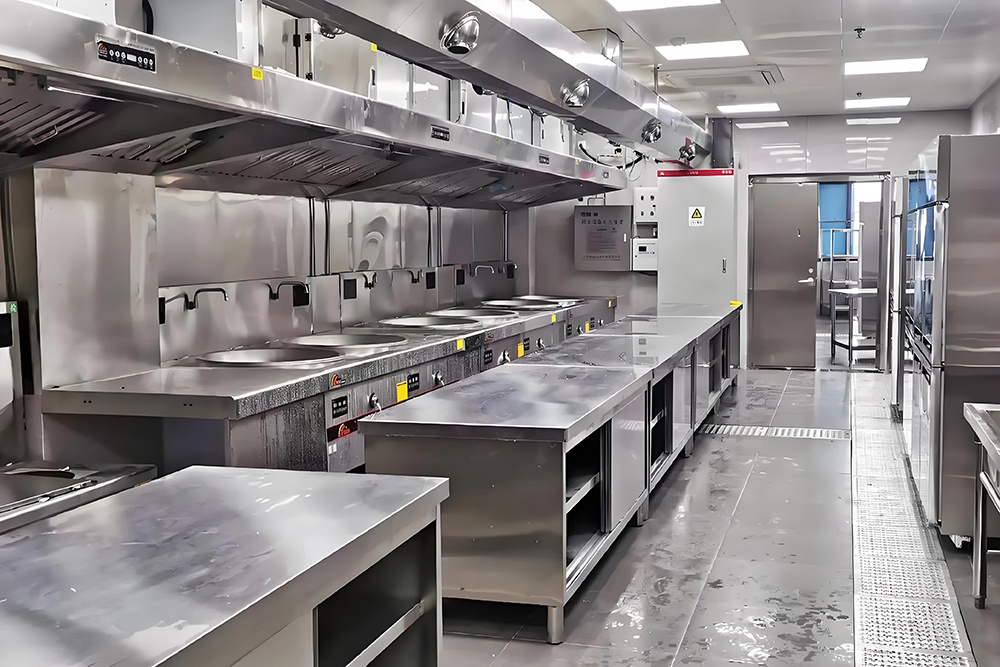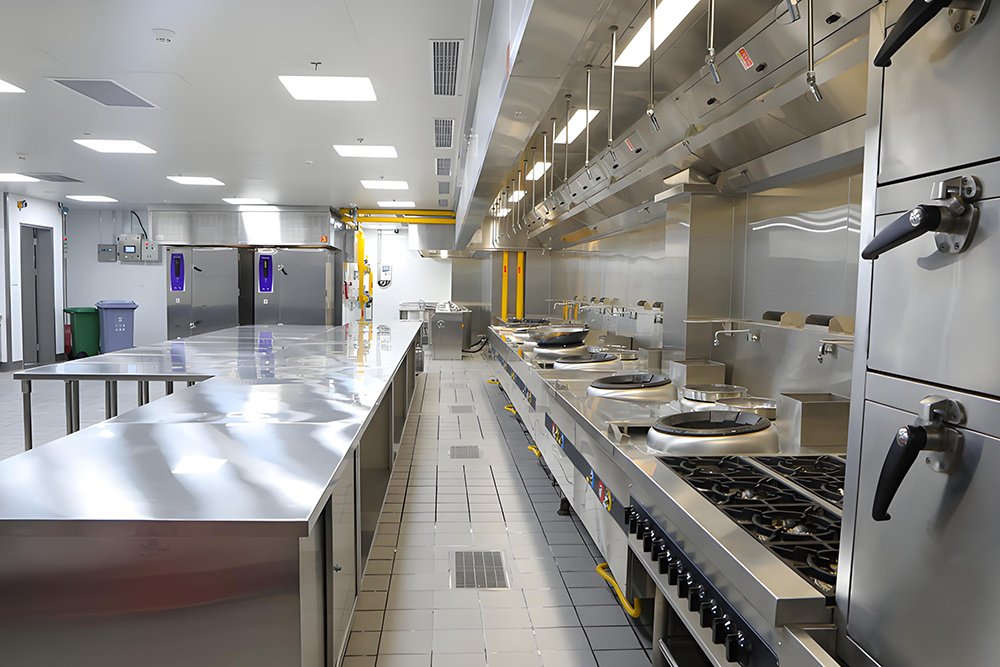When choosing Commercial kitchenware equipment, electricity and gas are the two main energy options. The price/performance ratio is not only measured from the initial cost of the equipment, but also needs to consider day-to-day operating costs, efficiency, maintenance requirements and long-term return on investment. The following will detail the advantages and disadvantages of electricity and gas from a number of aspects, as well as their price-performance analysis in different situations.
1, the advantages and disadvantages of electrical equipment
Step 1: Advantages
Accurate temperature control: Electric heating equipment usually provides more stable and accurate temperature control. This is very important for cooking dishes that require precise temperatures, such as baking and delicate Western dishes.
Cleaning and hygiene: Electrical equipment is relatively cleaner and does not produce burning residues like gas equipment, reducing the amount of kitchen smoke and helping to maintain the hygiene of the kitchen environment.
Higher safety: Compared to gas equipment, electric equipment produces fewer open flames during use, reducing the risk of fire and explosion. Especially in a high-density kitchen environment, safety is particularly important.
Easy maintenance: The structure of power equipment is usually relatively simple, and the maintenance cost is relatively low. Since there is no gas line and valve, the hidden danger of leakage or aging of gas pipelines is reduced.
Step 2: Weaknesses
Higher energy costs: Commercial kitchens tend to have higher operating costs using electric equipment, especially in large kitchens that need to run for long periods of time, and this cost gap will be more pronounced.
Power limitations: Some high-power appliances may cause a large burden on the grid, especially when the appliances are started at the same time, which may cause instability in the power system or require additional power infrastructure investment.
Slower heating: Electric devices generally heat more slowly than gas devices and may not be as efficient as gas devices for cooking tasks that require rapid heating.
2, the advantages and disadvantages of gas equipment
Step 1: Advantages
Fast heating speed: Gas equipment usually heats up quickly and is suitable for restaurants that require fast cooking or large quantities of ingredients. For example, in the scene of stir-frying and high temperature stir-frying, gas can provide a stronger heat source.
Lower energy costs: In most countries or regions, gas is usually cheaper than electricity, so it is more economical to use gas equipment for energy costs in large-scale, long-term operation kitchens.
High flexibility: Gas equipment can easily adjust the heat at any time, providing more cooking flexibility, suitable for dishes requiring frequent changes of heat.
Learn more Commercial kitchenware
Commercial kitchenware|commercial oven|Oven|combi oven|combination stove|Dough proofer|commercial Western food kitchenware
Article from the Internet










